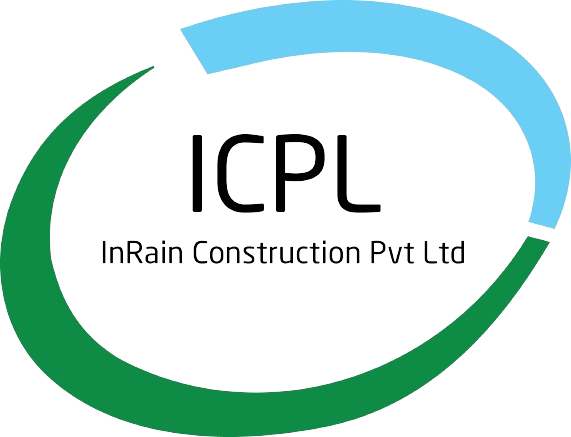
Rainwater Harvesting System for Roof Top - Effective Water Solutions
In today's world, where water scarcity and purity is becoming mainstream problem, innovative solutions are needed to conserve and manage this precious resource. One such solution gaining popularity is the Roof Top Rainwater Harvesting System.
Understanding Roof Top Rainwater Harvesting System
Roof Top Rainwater Harvesting System is a method of collecting and storing rainwater that falls on the roof of a building. This harvested rainwater is then utilized for various purposes, reducing the dependence on conventional water sources. The system consists of collecting rainwater from the roof, filtering it, and storing it in tanks or reservoirs. The stored water can be used for domestic, agricultural, or industrial purposes.
Components of a Roof Top Rainwater Harvesting System
1. Roof Catchment Area
The roof of a building acts as the primary surface for collecting rainwater. The material and design of the roof are crucial for effective water harvesting.
2. Gutters and Downspouts
These components help channel rainwater from the roof to the storage system. They need to be regularly maintained to ensure proper functioning.
3. Leaf Screens
Leaf screens prevent debris, leaves, and other contaminants from entering the storage tank, maintaining water quality.
4. Storage Tanks
These tanks are used to store the harvested rainwater. They come in various sizes and materials, including concrete, plastic, and metal.
5. First Flush Diverters
First flush diverters eliminate the initial, most polluted rainwater, ensuring that cleaner water is stored in the tanks.
6. Filtration System
This system removes impurities and improves the quality of harvested rainwater.
7. Delivery System
Pipes and pumps deliver the stored rainwater to the points of use, such as toilets, washing machines, or irrigation systems.
Rooftop Rainwater Harvesting System Benefits
1. Source of Long-Term Water
It minimizes the demand for groundwater and surface water sources, making it an effective option for long-term water supply.
2. Cost-Effective
The initial investment in a rainwater harvesting system can result in long-term water bill reductions.
3. Environmentally Responsible
This method can reduce energy consumption and greenhouse gas emissions connected with water treatment and distribution by reducing demand for municipal water sources.
4. Flooding is reduced
It aids in the management of stormwater runoff and the prevention of flooding in metropolitan areas.
Installing a Roof Top Rainwater Harvesting System
1. Assessment:
Evaluate the roof area, rainfall patterns, and water demand to determine the system's size and capacity.
2. Roof Preparation:
Ensure the roof is in good condition and debris-free.
3. Gutter and Downspout Installation:
Install gutters and downspouts to collect rainwater and direct it to the storage tank.
4. Storage Tank Placement:
Choose an appropriate location for the storage tank and install it securely.
5. Filtration System:
Install a filtration system to purify the harvested rainwater.
6. Delivery System:
Set up pipes and pumps to distribute the stored water to the required areas.
7. Regular Maintenance:
Regularly clean gutters, screens, and the storage tank to ensure the system's efficiency.
Conclusion
Roof Top Rainwater Harvesting System is a simple yet effective method to address water scarcity and promote sustainable water use. By harnessing rainwater from rooftops, this system not only reduces water bills but also contributes to a greener and more sustainable environment. It's a win-win solution for both homeowners and the planet.
FAQs
1. Is rainwater safe to drink after harvesting?
While rainwater is generally safe for non-potable uses, it's recommended to treat it before consumption.
2. Can I install a rainwater harvesting system on an existing building?
Yes, you can retrofit a building with a rainwater harvesting system.
3. What are the maintenance requirements for this system?
Regular maintenance includes cleaning gutters, screens, and the storage tank.
4. How much rainwater can I collect with this system?
The amount of rainwater harvested depends on the roof's size and the local rainfall patterns.
5. Is a rainwater harvesting system cost-effective in the long run?
Yes, it can lead to significant savings on water bills over time.

September 30, 2023
Rainwater Harvesting System: Supercharge Your Life to Sustainable Living

October 05, 2023
Advancing Sustainability with Modular Rainwater Harvesting

October 18, 2023
Stormwater Management in India
Our Happy Clients

TATA

PEPSICO

HONDA

SMART CITY KARIMNAGAR

DELHI DEVELOPMENT AUTHORITY

PRADHANMANTRI SANGRAHALAYA
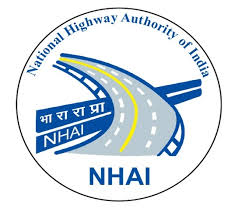
NHAI

INTERNATIONAL ARRIVALS
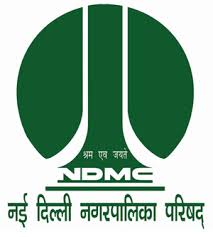
NDMC

HINDUSTAN UNILEVER

CPWD
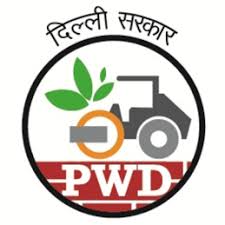
PWD

LARSEN & TOUBRO

MARATHON ELECTRIC

MITTAL CONS.

GMDA

FUJITA

BROOKFIELD PROPERTIES

DENSO

GLS

CBRE

SMC

SUPREME PIPES

AHRESTY
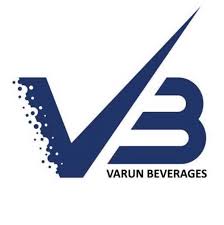
V3





